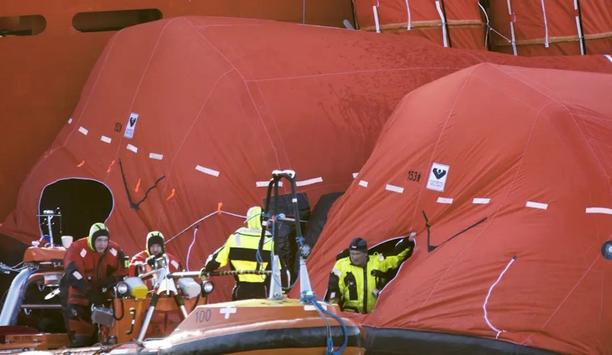Investing in a sustainable value chain is a key opportunity for energy companies transitioning to a lower-carbon system. Additive manufacturing, a forefront in sustainable manufacturing, addresses challenges posed by traditional methods.
Reports reveal inconsistencies in sustainability reporting among energy and oil and gas companies, compounded by a lack of supply chain indicators in reporting guidelines, hindering objective assessments.
Sustainability of AM parts
In phase 3, the aim has been to create tools that enable AM as a sustainable manufacturing method
“The ProGRAM JIP is an arena where the whole industry can come together and align on matters related to additive manufacturing. In phase 3, the aim has been to create tools that enable AM as a sustainable manufacturing method. One of the things needed to achieve this is a transparent and unified framework for quantifying the sustainability of AM parts,” explains Dr. Sastry Yagnanna Kandukuri, Global Practice Lead for Additive Manufacturing in DNV.
Overall CO2 footprint
The guideline takes an approach based on life-cycle analysis (LCA) to quantify the most important CO2 footprint from manufacturing for an individual part. By isolating the footprint on a part level, parts from different manufacturers can be compared without being influenced by differences in company size, etc. However, the overall CO2 footprint from operating an AM factory will also be addressed in the guideline.
Benefits of additive manufacturing
“By quantifying the CO2 footprint of manufacturing, it will be possible to also quantify the environmental benefits of additive manufacturing, compared to conventional manufacturing methods. We believe this will help end users understand what value they can get from transitioning to more digital manufacturing methods. This will help them adopt additive manufacturing in cases where both the environment and the industry can benefit,” says Mathijs van Poll, Berenschot Consultant.
Standardised CO2 footprint approach
The ProGRAM JIP phase 3 aims to establish tools for allowing AM parts to be used in relevant design applications in the energy and maritime industry, with a focus on reducing the environmental impact of manufacturing. The project started in 2022 and will conclude in Q1 2024, with a consortium consisting of 24 companies representing end-users, system and part OEMs, AM hardware providers, AM feedstock providers, and providers of laboratory testing monitoring systems.
In addition to releasing guidelines, DNV will provide industry support through qualification services to facilitate the adoption of this standardised CO2 footprint approach. This will ensure that end users can place trust in the reporting coming from the additive manufacturing supply chain.











